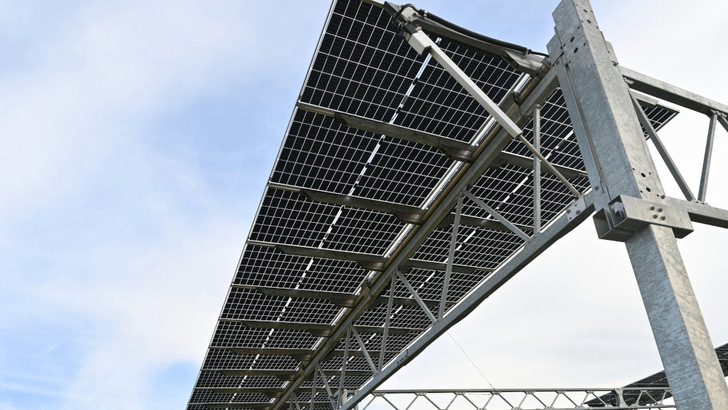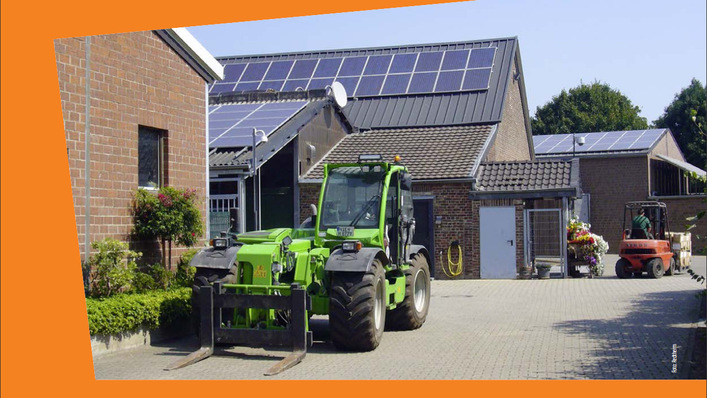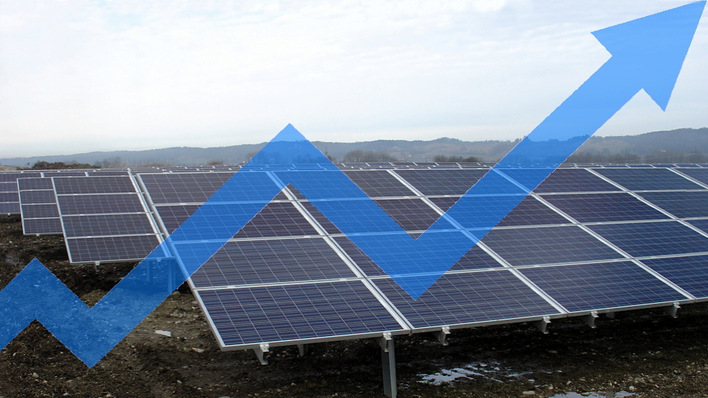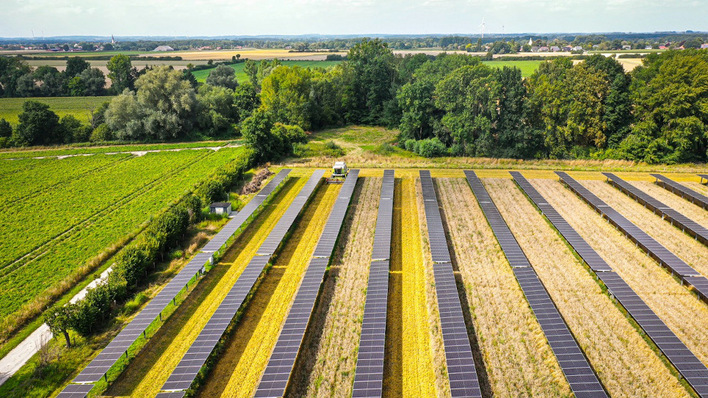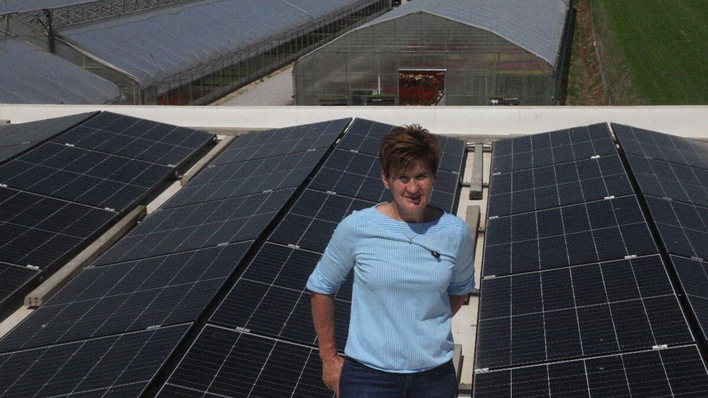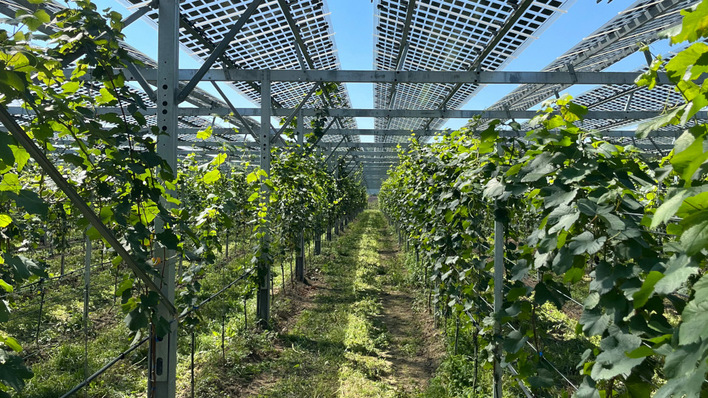Researchers from Nanjing have investigated how the design of agri-PV installations influences both air and soil temperatures. The team studied three systems in eastern China, mounted at heights of 2.5, 3.5 and 3.9 metres.
Three system heights tested
The researchers assessed how system height affected the thermal conditions of the site and, in turn, crop growth. Each test area was divided into three zones across the module span: southern, central and northern. The central zone was the unshaded area between module rows, while the northern and southern zones were both shaded by panels.
Studies confirm water management benefits of agri-PV systems
Temperature changes observed
The measurements revealed that at a system height of 2.5 metres, soil temperatures in the central zone were significantly higher than under the modules. At 3.9 metres, the effect was reversed, with the areas beneath the modules warmer than the central zone.
Varying airflows
These findings suggest that the height of agri-PV systems plays a key role in shaping soil temperature distribution. Differences in air temperature between the various module heights were minimal, although air circulation in the central zone improved with greater mounting height. “This enhanced airflow contributed to a more balanced heat exchange, creating a more favourable environment for crop growth,” the researchers wrote in their study. They note that adjusting module height can effectively regulate soil and air temperatures in different parts of the field, potentially creating an optimal microclimate for specific crop types.
Farm solar – how PV can finance agricultural renovations
The full study, titled “Regulatory effect of agriphotovoltaic systems with different panel heights on the thermal environment,” was published in the scientific journal Nature. (su)


